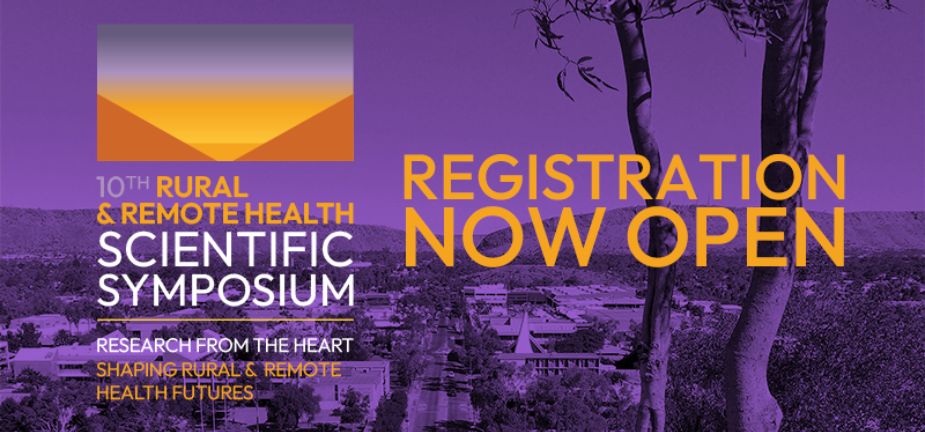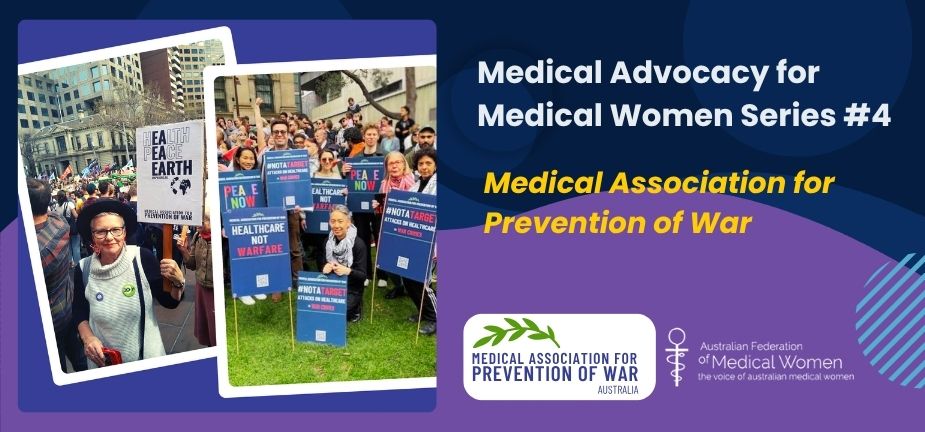In this Neos Kosmos article, A/Prof Magdalena Simonis AM discusses the need to invest in their (Adolescents) care as a society across childhood, school and during their transition to adulthood.
This is the second in a six-part series on mental health (see Part 1 and Part 2). Check out the tips for maintaining good mental health, and please share the resources. There is good advice on how to avoid Burnout, from her previous article too.
Adolescent Mental Health – Part 4 [NEOS KOSMOS – Extract]
[17 June 2024]
In most countries adolescent health is greatly neglected which doesn’t bode well for any society given that seventy-five percent of mental health disorders first develop in adolescence, with more than fifty percent before the age of 14 years (Australian Institute of Health and Welfare (AIWH), 2022). Adolescents are our future, and this is a critical period for acquiring socio-emotional skills, so we need to invest in their care as a society across childhood, school and during their transition to adulthood.
Adolescence is the phase of transition from childhood to adulthood, ranging between 10-19 years (United Nations) and 10-24 years (The Royal Children’s Hospital in Victoria). This variance in age suggests that the rate of maturation varies widely and is influenced by different factors, both environmental and genetic.
Thirty-one percent (31%) of young women and thirteen percent (13% ) of young men with mental health problems seek professional help. Of those with severe mental health disease, around eighty percent (80%) seek support, so it’s the mild to moderate group which is mostly being missed and is at risk of slipping through the gaps. This has implications for school failure, which is also a common symptom of family dysfunction. Children and adolescents who live in violent or dysfunctional households, experience emotional disturbance, behavioural difficulties and this has implications for their learning and social development too.
The importance of confidence in early life is key for good mental health so I’ll talk about strategies for raising confident adolescents as well as briefly discussing some of the more common mental health issues such as anxiety and eating disorders. The links at the end are useful but remember to see your GP and contact the school counsellor for help if you are worried about your adolescent’s mental health.
Some interesting stats
- Around half (50 %) of all adult mental health disorders start before the age of 14 years
- Almost 1 in 7 (14%) children and adolescents aged 4–17 years were estimated to have experienced mental illness in the previous 12 months
- Anxiety was the most common condition, experienced by two in five young women and one in four young men in 2022-2022 (ABS 2023).
- Suicide continues to cause the largest loss of life of young people in Australia (36% of all 18-24yr); one third (32.4 per cent) of all Aboriginal and Torres Strait Islander child deaths occur due to suicide.
- School failure is a common symptom of family dysfunction – which results in emotional disturbance and behavioural difficulties.
- Childhood trauma: the impact of family dysfunction, intergenerational trauma, bullying, abuse, neglect, stress caused by poverty can all have a profound effect on mental health.
- Adolescent brain reaches full maturity in the mid 20s. This has implications for higher level decision making and risk taking behaviour, which might explain the increased rates of self-harm be it accidental or intentional, as well as for alcohol and drug taking behaviour during this period.
- Declining mental health in our youth has occurred at a rapid rate over the past 8 years. The latest data from the Australian Bureau of Statistics (ABS) shows nearly 40 per cent of young Australians aged 16 to 24 — more than 1 million people experienced a mental health disorder in the previous year, which was 26% higher than in 2007(Australian Bureau of Statistics, ABS 2023)
- LGBTIQ people who described themselves as gay, lesbian, or bisexual had nearly three times the rate of mental health disorders at 58.7 per cent compared to their heterosexual counterparts at 19.9 per cent
- One in three transgender people reported a mental health disorder within a 12-month span compared with one in five cisgender people.
Continue Reading Full Article at NEOS KOSMOS >>
Source article and photo (depositphotos): NEOS KOSMOS
Associate Professor Magdalena Simonis AM is a Past President of the AFMW (2020-2023), former President of VMWS (2013 & 2017-2020) and current AFMW National Coordinator (2024-2026). She is a full time clinician who also holds positions on several not for profit organisations, driven by her passion for bridging gaps across the health sector. She is a leading women’s health expert, keynote speaker, climate change and gender equity advocate and government advisor. Magda is member of The Australian Health Team contributing monthly articles.
Magdalena was awarded a lifetime membership of the RACGP for her contributions which include past chair of Women in General Practice, longstanding contribution to the RACGP Expert Committee Quality Care, the RACGP eHealth Expert Committee. She is regularly invited to comment on primary care research though mainstream and medical media and contributes articles on various health issues through newsGP and other publications.
Magdalena has represented the RACGP at senate enquiries and has worked on several National Health Framework reviews. She is author of the RACGP Guide on Female Genital Cosmetic Surgery and co-reviewer of the RACGP Red Book Women’s Health Chapter, and reviewer of the RACGP White book
Both an RACGP examiner and University examiner, she undertakes general practice research and is a GP Educator with the Safer Families Centre of Research Excellence, which develops education tools to assist the primary care sector identify, respond to and manage family violence . Roles outside of RACGP include the Strategy and Policy Committee for Breast Cancer Network Australia, Board Director of the Melbourne University Teaching Health Clinics and the elected GP representative to the AMA Federal Council. In 2022. she was award the AMA (Vic) Patrick Pritzwald-Steggman Award 2022, which celebrates a doctor who has made an exceptional contribution to the wellbeing of their colleagues and the community and was listed as Women’s Agenda 2022 finalist for Emerging Leader in Health.
Magdalena has presented at the United Nations as part of the Australian Assembly and was appointed the Australian representative to the World Health Organisation, World Assembly on COVID 19, by the Medical Women’s International Association (MWIA) in 2021. In 2023, A/Professor Simonis was included on the King’s COVID-19 Champion’s list and was also awarded a Member (AM) in the General Division for significant service to medicine through a range of roles and to women’s health.










